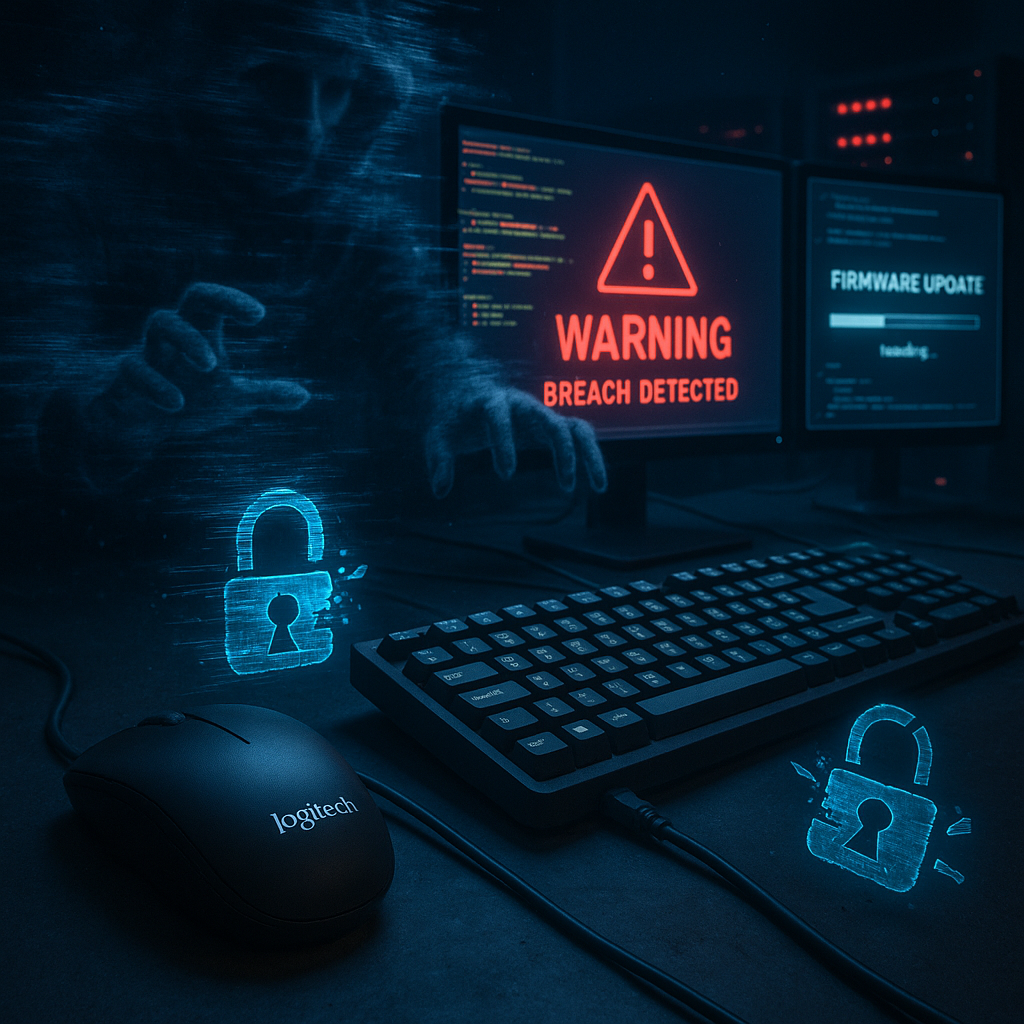Key Takeaways
- AI-driven attacks surge: The most advanced phishing emails now employ artificial intelligence and machine learning to craft messages that closely imitate real conversations and adapt to user behavior.
- Traditional filters outpaced: Standard spam detectors and security filters are struggling to keep up, as adaptive phishing emails can bypass even well-established defensive systems.
- Personalization at scale: Attackers are leveraging publicly available data and communication patterns to personalize phishing attempts, targeting both individuals and entire organizations with alarming precision.
- Education remains critical: Experts recommend ongoing staff training and updated awareness campaigns as first lines of defense, even as technical solutions evolve.
- New security tools in development: Cybersecurity firms are accelerating efforts to build smarter, AI-powered detection systems. Several promising solutions are expected to launch later this year.
Introduction
Sophisticated phishing emails are becoming increasingly difficult to detect as cybercriminals use AI and machine learning to imitate real conversations and personalize attacks, cybersecurity experts warned this week. These advanced tactics are outpacing traditional spam filters and safety practices. This has prompted calls for better employee education and the rapid development of smarter security tools to help organizations and individuals stay protected.
Rising Sophistication of Attacks
Recent cybersecurity reports show a significant evolution in phishing tactics, with attackers now using advanced AI tools to create highly personalized and convincing emails. These sophisticated phishing emails analyze targets’ writing styles and professional relationships to craft messages that closely mirror legitimate business communications.
Security researchers at Proofpoint documented a 300% increase in AI-assisted phishing attempts during the past quarter. Dr. Sarah Chen, lead threat analyst at Proofpoint, stated that attacks now adapt to individual communication patterns in real time.
A key concern is the attackers’ ability to maintain consistent personas across multiple exchanges. Marcus Thompson, CISO at DataGuard, explained that these attacks are no longer limited to single messages. Instead, they involve sustained conversations that build trust before delivering malicious payloads. For tips on how to spot these evolving threats in your inbox, review these phishing email tips.
Un passo avanti. Sempre.
Unisciti al nostro canale Telegram per ricevere
aggiornamenti mirati, notizie selezionate e contenuti che fanno davvero la differenza.
Zero distrazioni, solo ciò che conta.
 Entra nel Canale
Entra nel Canale
Key Detection Challenges
Traditional email security filters are struggling to identify these new threats, as the messages closely follow legitimate communication patterns. Many of these emails pass standard authentication protocols and include accurate contextual details about the target’s organization.
Experts have identified several characteristic features of these advanced attacks. These include deep integration of company-specific terminology and procedures, accurate references to recent projects or communications, natural use of internal acronyms and department names, and precise mimicry of organizational email signatures.
Jennifer Walsh, senior researcher at Cybersecurity Ventures, noted that the level of social engineering has grown remarkably advanced. Even experienced professionals may find it difficult to distinguish these phishing attempts from genuine emails. Adopting strong cyber hygiene practices is essential to minimizing risk from such sophisticated attacks.
Defense Strategies
Organizations are adopting multi-layered approaches to address these enhanced threats. Many companies now implement adaptive AI detection systems that learn from legitimate communication patterns to spot anomalies.
Zero-trust email protocols (which require additional verification for specific types of requests) have shown promise in reducing successful attacks. Robert Martinez, chief security strategist at EmailDefend, stated that the key is to create friction points for high-risk actions while maintaining business efficiency.
IT departments are also focusing on human-centric security measures. Regular training sessions increasingly include exercises that use AI-generated phishing examples, helping employees recognize subtle warning signs in sophisticated attacks. Understanding the importance of layered authentication, such as 2FA, further fortifies your defense strategy.
Industry Response
Email security providers are swiftly updating their detection engines to counter AI-generated threats. Microsoft recently announced enhanced machine learning capabilities in its Defender platform, aimed specifically at identifying sophisticated phishing patterns.
Google Workspace has added new authentication features that analyze communication patterns over time, rather than treating each email in isolation. Susan Park, Google’s head of email security, explained that this approach moves beyond traditional indicators of compromise by examining behavioral patterns across entire email threads.
Industry collaboration has intensified as major security vendors share threat intelligence about new attack methods. The newly formed AI Security Alliance, which includes 15 leading cybersecurity companies, seeks to develop standardized detection protocols for AI-generated phishing attempts. To further enhance your online safety, discover the best free antivirus apps trusted by security professionals.
Conclusion
AI-powered phishing emails have become nearly indistinguishable from genuine messages. This has prompted security teams to rethink their approaches to both technology and training. Continuous upgrades from major email platforms and increased collaboration within the industry aim to limit these threats without disrupting workflow. What to watch: new features from leading providers and the progress of the AI Security Alliance’s development of updated detection standards. Proactive habits and ongoing vigilance remain vital for safe everyday digital communication—begin with foundational password management and routine staff education.





Leave a Reply